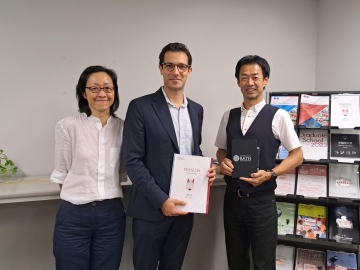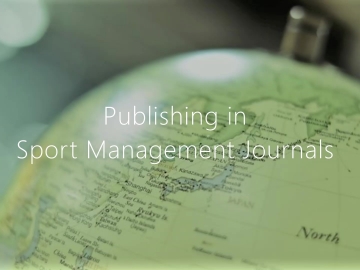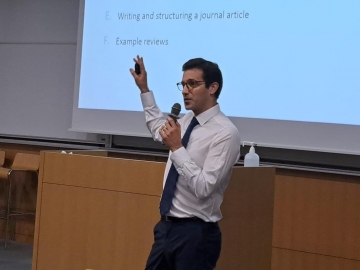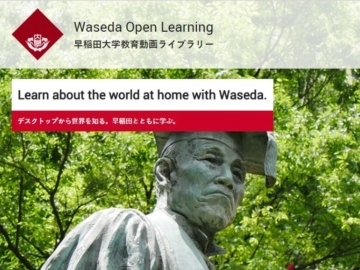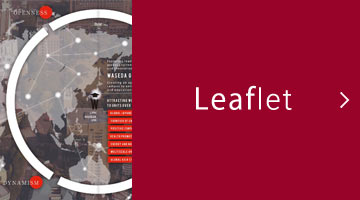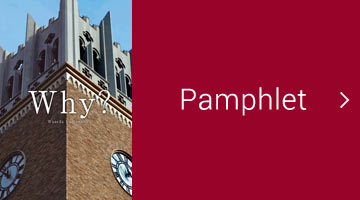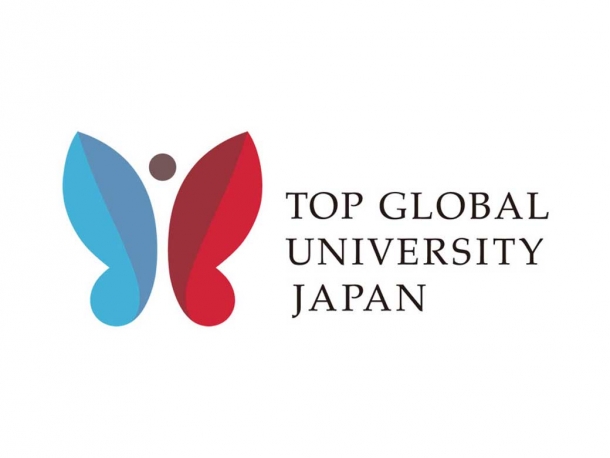Waseda University’s Health Promotion: The Joy of Sports and Exercise Unit invited Associate Professor Rui Biscaia from the University of Bath, UK, for an intensive spring lecture series (14 sessions) from 26 June to 19 July.
Dr. Biscaia’s main areas of research are sport consumers, organisations, athletes, and sponsors, with a particular focus on building bridges between sponsors. He has developed projects with researchers around the world and has published over 50 peer-reviewed articles in numerous journals.
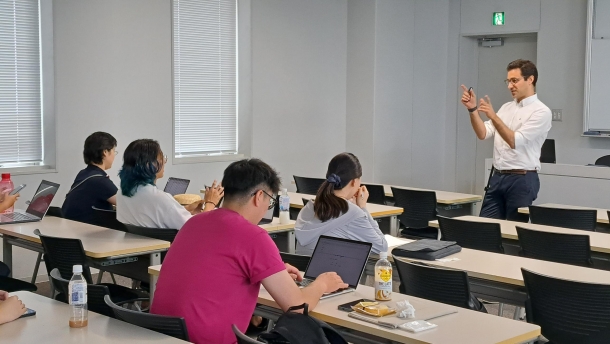 Classroom view of the lecture
Classroom view of the lecture
The theme of this intensive lecture was Sport Sponsorship Management, and various topics related to this field were covered. Below is a sample of the titles of the intensive lectures:
- Course presentation & Background basics about sponsorship
- Understanding the sponsor: Building brand equity through sponsorship
- Understanding the sponsor: Other benefits from sponsorship
- Corporate decisions linked to sponsorship deals
- Potential negative outcomes from sponsorship
- Ambush marketing
- Naming rights
- Athlete endorsement
- Sponsorship planning and management
- Factors affecting the success of sponsorship
- Measurement of sponsorship effectiveness
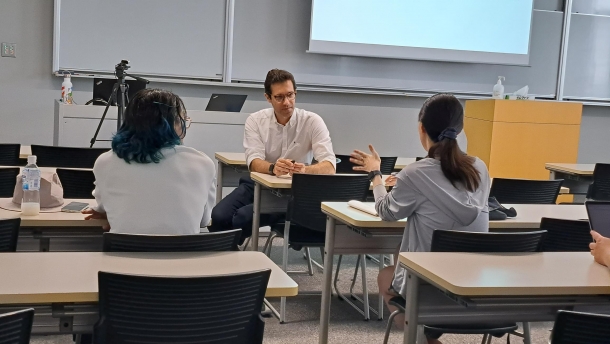
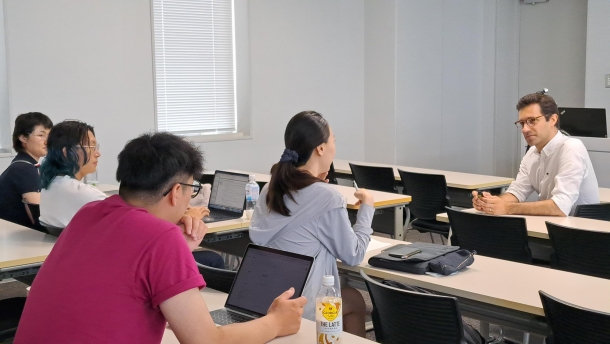
The lecture included case studies followed by group work and plenty of discussion to deepen students’ understanding of the sport sponsorship management area. With sporting events now being actively held on an international scale and sponsored by companies in many fields, it was a valuable learning opportunity for the students to receive guidance from a foreign perspective with Dr. Biscaia, who is based in the UK.
Please read below a report by a master’s student who participated in this intensive lecture:
Dr. Biscaia’s Lecture: Sport Sponsorship Management
For Summer Quarter 2023, Waseda University held an intensive course, titled “Sport Sponsorship Management”, that was presented and lectured by Dr. Rui Biscaia, an honorable scholar from Portugal who is currently teaching at the University of Bath, England. Dr. Biscaia himself has a reputable career in research and education. Other than university teaching, he is currently a member of the editorial board in several reputable sport management journals, for example: Sport Management Review; Sport Marketing Quarterly; International Journal of Sports Marketing & Sponsorship; Sport, Business, and Management; Event Management; Journal of Global Sport Management; and is an Associate Editor in European Sport Management Quarterly.
The intensive course started on June 26 and ended on July 19, consisting of 7 physical meetings for 4 weeks. Each meeting had 2 sections of lectures, so in total it featured 14 sections of lectures. The meeting comprised not only interactive lectures, but also group activities, a group presentation, and a final individual project to help students’ understanding of the sport sponsorship management area. There were 6 students participating, from master to doctoral students, and from English and Japanese programs. Although the lecture was conducted using English as the main language, it allowed every student at Graduate School of Sport Science to earn 2 credits from it.
On the first week, the students were firstly introduced to the sponsorship mainly in the sport industry. The students learnt how to understand the meaning of sponsorship through the concepts and theory, how to assign sponsorship agreement through fits and benefits, how to measure the objective of sponsorship, and the potential positive and negative outcomes of it. Dr. Biscaia also presented several previous studies related to sponsorship to firstly introduce sport sponsorship to students. Students were also involved in the lectures by doing some group activities.
During the next week, there were two meetings where the first meeting was two sections of interactive lectures, and the second meeting was students’ group presentations. The lectures introduced ambush marketing and naming rights. Also, they involved students in group activities. The second meeting was students’ presentations. The 6 students were divided into two groups of three. The presentation involved student participation through asking questions and having discussions about their responses to other groups’ presentations. Dr. Biscaia also gave some points of view to be revised on power point presentation file; thus, when students submit their final power point, it was revised as suggested by Dr. Biscaia and the other group.
During the following week, the lectures introduced students to athlete endorsement and sponsorship planning management at the respective meeting. The two meetings comprised only interactive lectures with its group activities. Similar to previous meetings, Dr. Biscaia also introduced some studies related to the respective topic of the meetings.
During the last week, there was only 1 meeting. The first section of meeting featured interactive lectures with group activities. The topic of the lectures was measurement of sponsorship effectiveness. The topic guided students to gain insights and points to mention on the final assignment. Quite different from other group activities, the activity assigned that day required students to conduct quick surveys related to measure the effectiveness of sponsorship and it had longer duration than the previous activities. The other section was about planning the final assignment. While students were planning their own individual assignments, Dr. Biscaia stayed in the room to assist the students in assisting their assignment planning.
The final assignment required students to plan sponsorship proposals where students proposed a sport entity to be sponsored by a brand that they chose by themselves. The proposal might be in the form of written paper or short video. As the course ended on July 19, the students were required to submit their final assignment on July 25. The course received positive feedback from the students and they think that it was beneficial as they have learnt so many new things and came to understand more about sports sponsorship through the course. The students enjoyed a lot and had so much fun during these four weeks.
(Master’s student SITORUS, Tivia venica tami)
